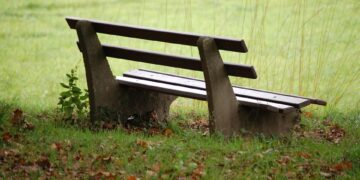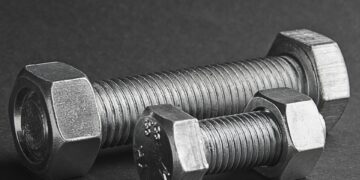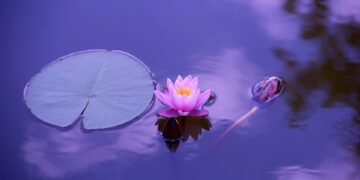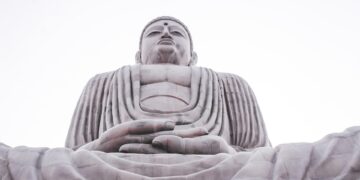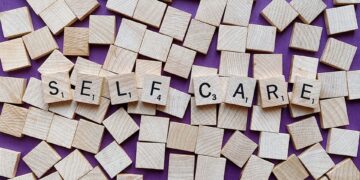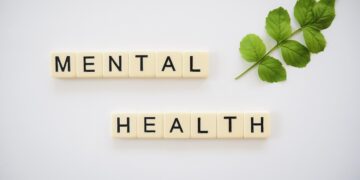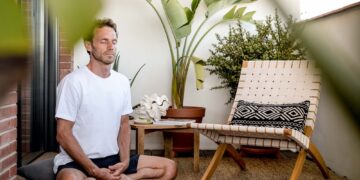Unwind and De-stress: The Ultimate Guide to Physical Relaxation Techniques
Are you feeling overwhelmed, stressed out, or simply in need of some relaxation? In today’s fast-paced world, it’s important to take time to unwind and de-stress. Physical relaxation techniques can help you release tension, improve your mood, and enhance your overall well-being. In this guide, we will explore the best ways to relax your body and mind, so you can feel rejuvenated and refreshed.
The Importance of Relaxation
Stress is a normal part of life, but too much of it can have negative effects on your physical and mental health. Chronic stress can lead to anxiety, depression, high blood pressure, and other serious health issues. That’s why it’s crucial to incorporate relaxation techniques into your daily routine. By taking time to relax, you can lower your stress levels, improve your sleep quality, and boost your immune system.
Physical Relaxation Techniques
1. Deep Breathing
Deep breathing is a simple yet effective relaxation technique that can help calm your mind and reduce stress. To practice deep breathing, sit or lie down in a comfortable position and close your eyes. Inhale deeply through your nose, allowing your belly to rise as you fill your lungs with air. Hold your breath for a few seconds, then exhale slowly through your mouth. Repeat this process several times, focusing on your breath and letting go of any tension in your body.
2. Progressive Muscle Relaxation
Progressive muscle relaxation involves tensing and then relaxing different muscle groups in your body. This technique can help release physical tension and promote relaxation. Start by sitting or lying down in a comfortable position. Begin with your toes and tense them for a few seconds, then release the tension and allow your muscles to relax. Move on to your calves, thighs, stomach, chest, arms, and finally your neck and shoulders. Pay attention to how each muscle group feels when tensed and when relaxed.
3. Yoga
Yoga is a mind-body practice that combines physical postures, breathing techniques, and meditation. Practicing yoga regularly can help improve flexibility, strength, and balance, as well as reduce stress and anxiety. There are many different styles of yoga to choose from, so you can find a practice that suits your needs and preferences. Whether you’re a beginner or an experienced yogi, incorporating yoga into your routine can help you relax and unwind.
4. Massage
Massage therapy is a popular relaxation technique that can help relieve muscle tension, reduce pain, and improve circulation. Whether you opt for a professional massage or self-massage at home, the gentle pressure and soothing touch of massage can promote relaxation and stress relief. You can use massage oils or lotions to help your hands glide smoothly over your skin, focusing on areas of tension such as your neck, shoulders, back, and feet.
Tips for Incorporating Relaxation Techniques into Your Routine
Now that you’re familiar with some physical relaxation techniques, here are a few tips to help you incorporate them into your daily routine:
1. Schedule regular relaxation breaks
Set aside time each day to practice relaxation techniques, whether it’s first thing in the morning, during your lunch break, or before bed. Consistency is key to reaping the benefits of relaxation, so make it a priority in your schedule.
2. Create a peaceful environment
Find a quiet space where you can relax without distractions. Dim the lights, play soothing music, and light candles or use essential oils to create a calming atmosphere. The more peaceful and comfortable your environment, the more effective your relaxation practice will be.
3. Listen to your body
Pay attention to how your body feels and what relaxation techniques work best for you. Everyone is different, so experiment with different techniques and find what helps you relax and unwind the most. Trust your instincts and listen to your body’s cues.
Conclusion
In conclusion, physical relaxation techniques are a valuable tool for managing stress, improving your mood, and enhancing your overall well-being. By incorporating deep breathing, progressive muscle relaxation, yoga, massage, and other relaxation techniques into your daily routine, you can release tension, reduce stress, and promote relaxation. Remember to schedule regular relaxation breaks, create a peaceful environment, and listen to your body’s needs. With practice and patience, you can unwind and de-stress, leading to a happier and healthier life.








